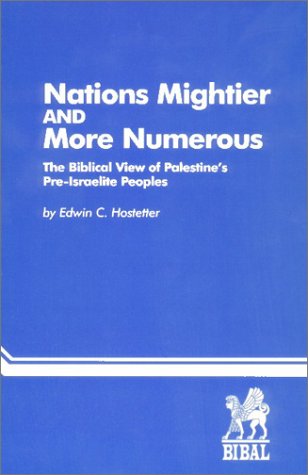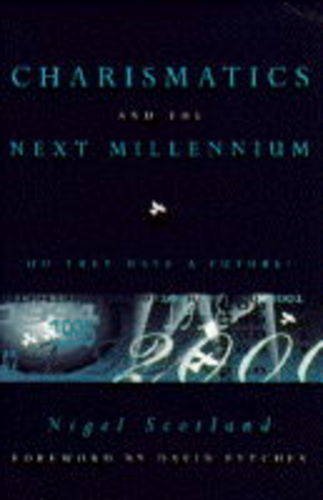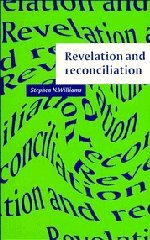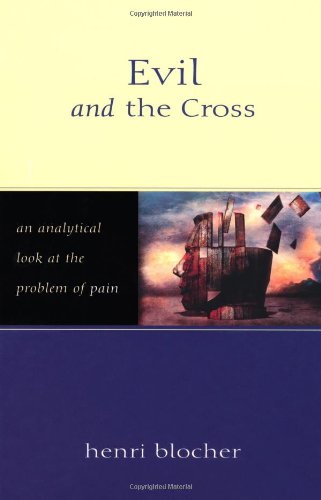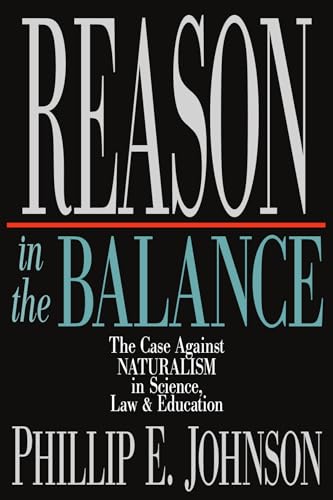Nations Mightier and More Numerous: The Biblical View of Palestine’s Pre-Israelite Peoples (BIBAL Dissertation Series 3)
Written by Edwin Hostetter Reviewed By Richard S. HessThis revised PhD dissertation completed at Johns Hopkins University studies the lists of pre-Israelite nations that appear in the Hebrew Bible. The study examines each of the 25 occurrences from the perspectives of textual and source criticism. It then identifies each of the people groups according to what the biblical text says regarding their origins, activities and place of settlement, and any extra-biblical attestations of the name. Conclusions are drawn regarding the people groups and their relationship to Israel. A study of the lists as a whole concludes that few patterns can be identified in the order that the names occur in them. The frequent appearance of Canaanites, Amorites and Hittites at the beginning of lists and Perizzites, Jebusites and Hivites at the end of lists may attest to their relative importance from the perspective of Israel. Hostetter argues that the lists provided a means to establish Israel’s self-identity in a world of foreigners and that these lists probably originated in the period of the United Monarchy. He concludes with a suggestion that indigenous inhabitants of the land did not write the lists. Instead, an Israel that came into Cisjordan from outside the land produced them.
This is the first full-length monograph on the subject of the other nations. It is well organized and clearly written. There are, however, a few areas that raised questions or invited further study. The text and literary-critical sections occupy a third of the book. While it is essential to establish the original text, it was not clear how this much work related to what followed. Perhaps this is a reflection of the increasing importance of the Septuagint in OT textual criticism. A second area was the tendency to downplay the importance of northern influence in discussing the origins of various groups in Palestine. Groups such as the Hittites could have origins in Hittite and Hurrian cultural spheres even though they may be located in the extreme south of the country. I am not convinced that Hurrian presence was ‘minimal’ in Canaan (p. 107, but contrast p. 144 where he agrees to greater influence from outside Palestine) as it is attested in the burials and material culture as well as the names of fourteenth-century rulers. If the second millennium bc cuneiform tablet from Hebron does preserve a Hurrian personal name, then this is further evidence for the presence of Hurrian culture in south Palestine. The absence of Hittite names among the biblical Hittites (p. 71) may attest to their rapid assimilation in this area, much as the Philistines seem to have begun using West Semitic names soon after their settlement on the coast.
Hostetter’s conclusion regarding the way in which the evidence of these names points to an Israel originating from outside Palestine (pp. 149–150) is interesting and important. It deserves further development. At the same time it points to the importance of a study such as this. Recent work has challenged long-held assumptions about the origins and biblical story of Israel. It is always appropriate to challenge such assumptions in any discipline. However, it is also important to return to the fundamental building blocks on which all such hypotheses must be built. In biblical studies an essential component is the vocabulary and the proper names. Hostetter has done scholarship a service by re-examining these people group names (i.e. gentilics) and demonstrating their authenticity as witnesses to second-millennium bcPalestine, the world into which Israel came.
Richard S. Hess
Denver Seminary, Denver


